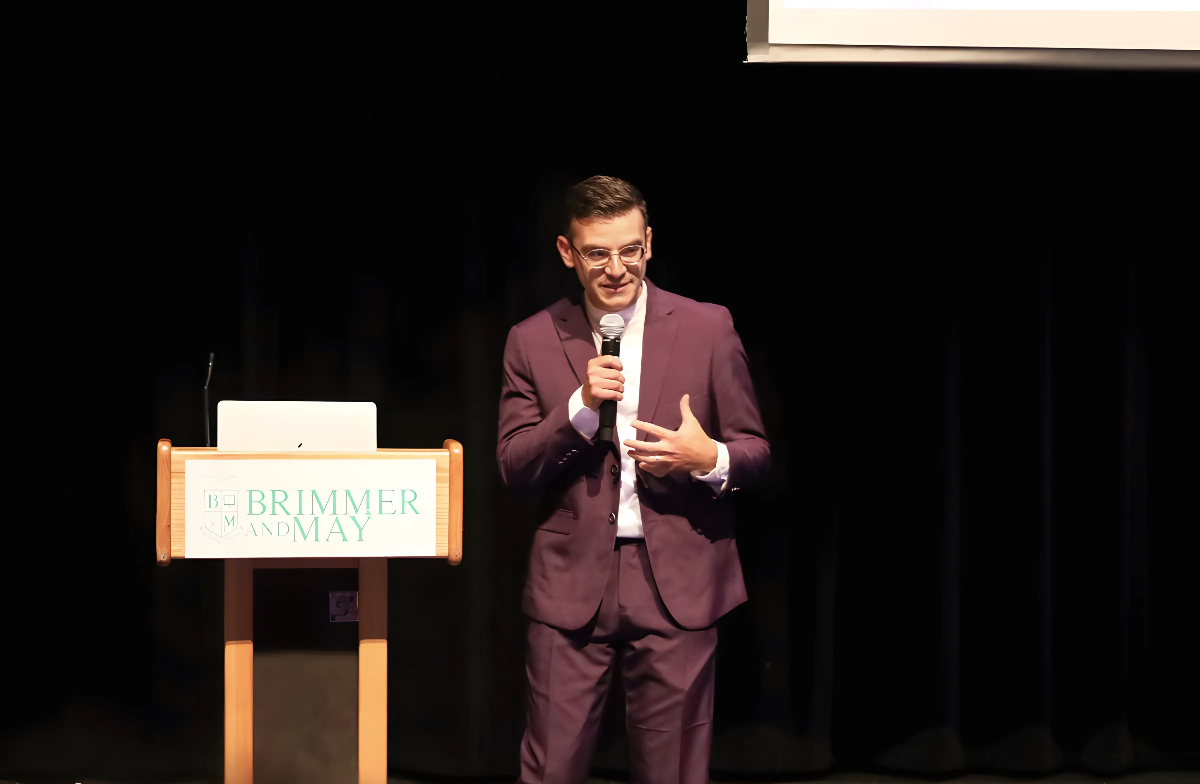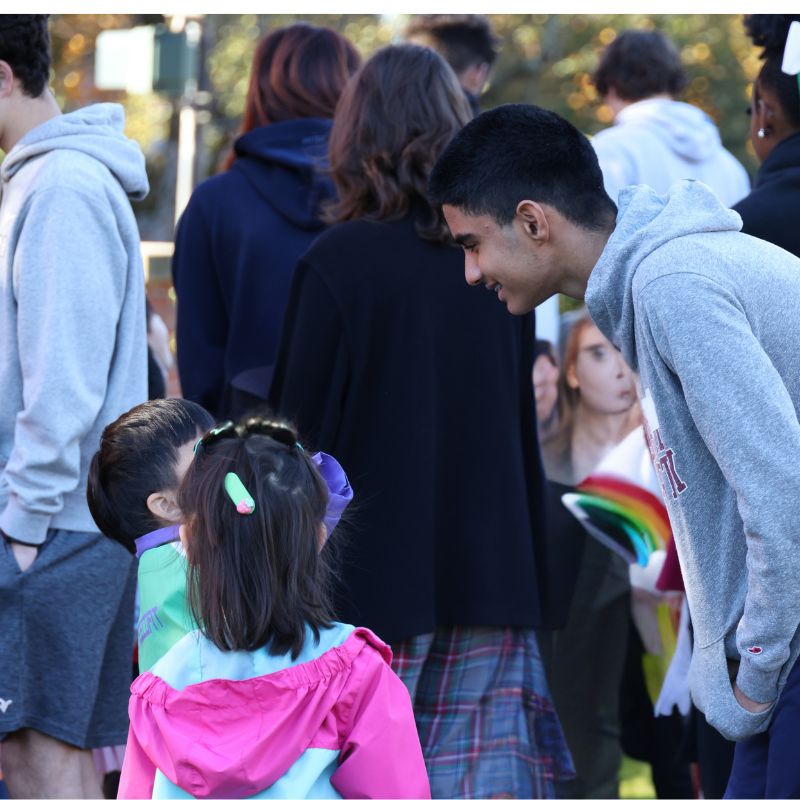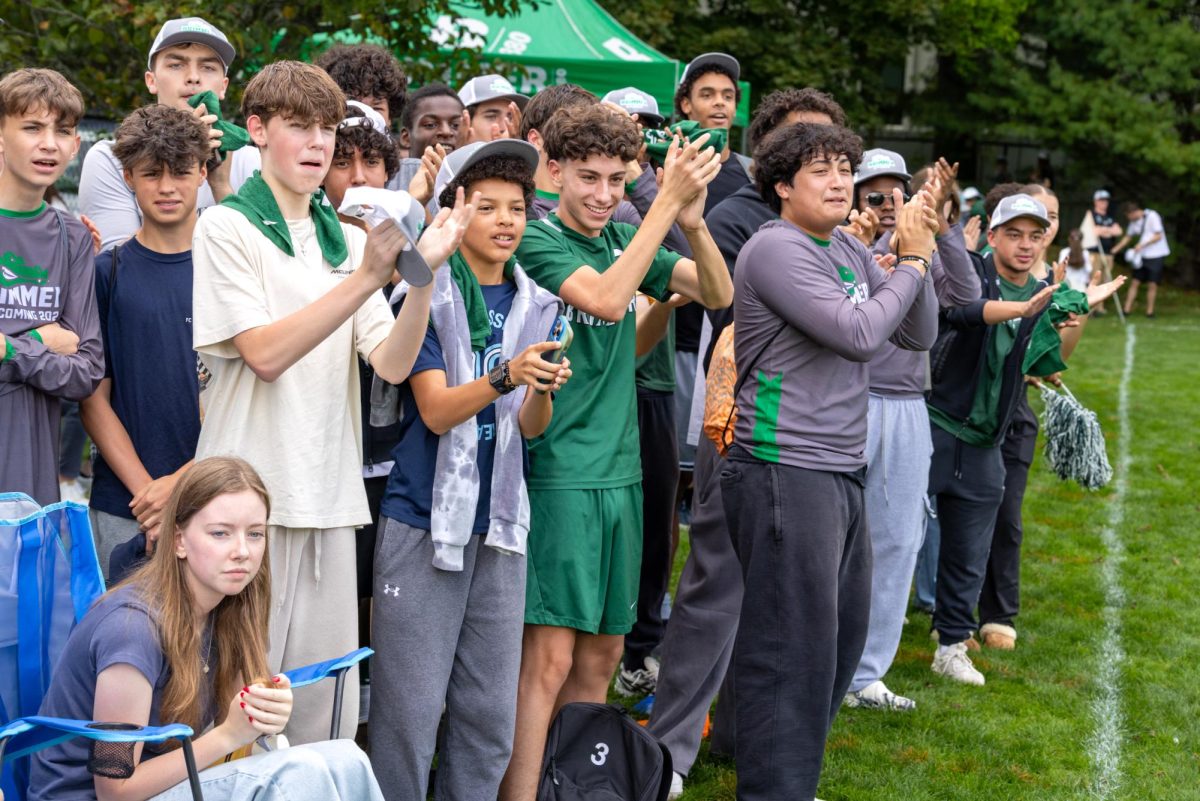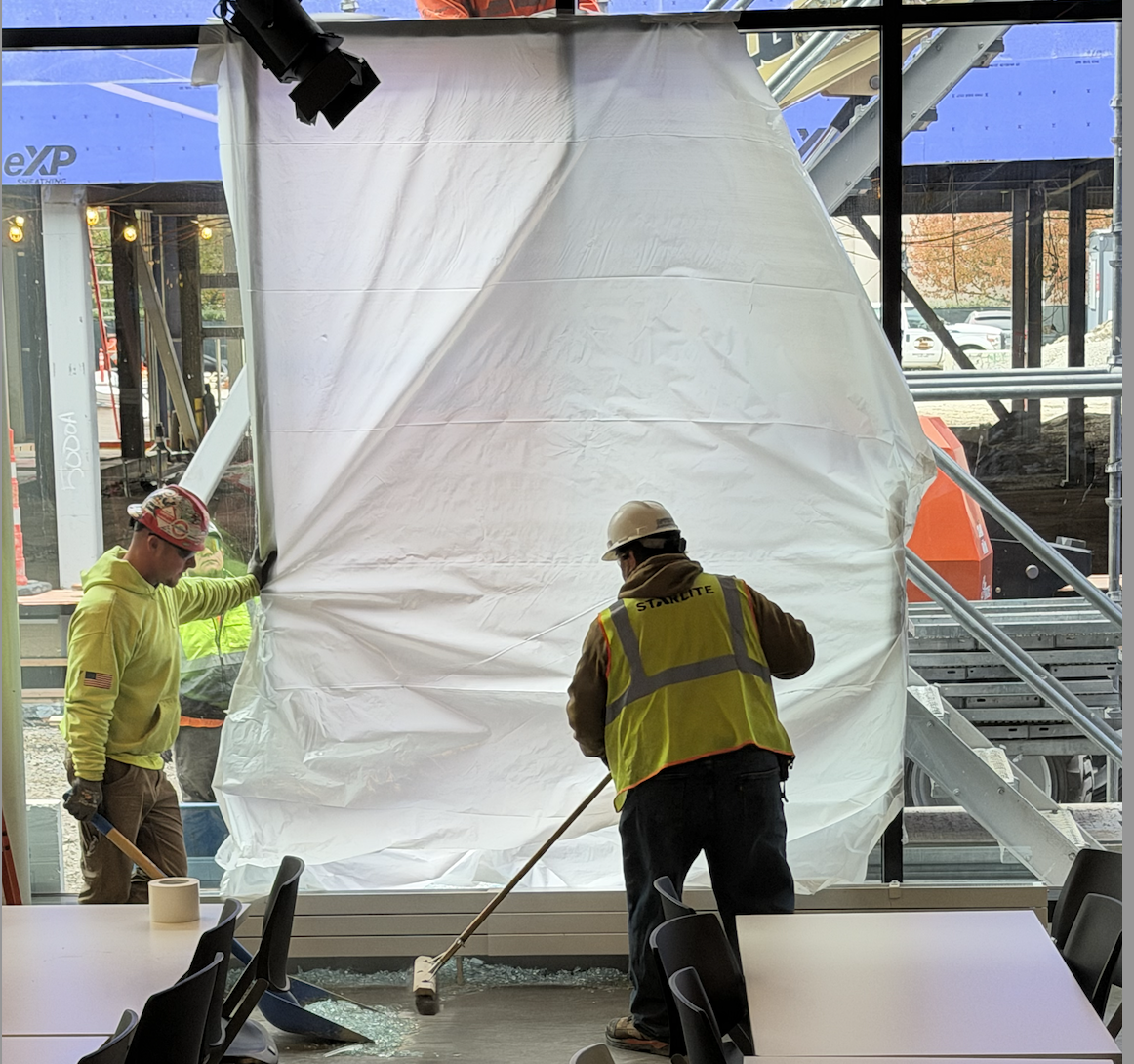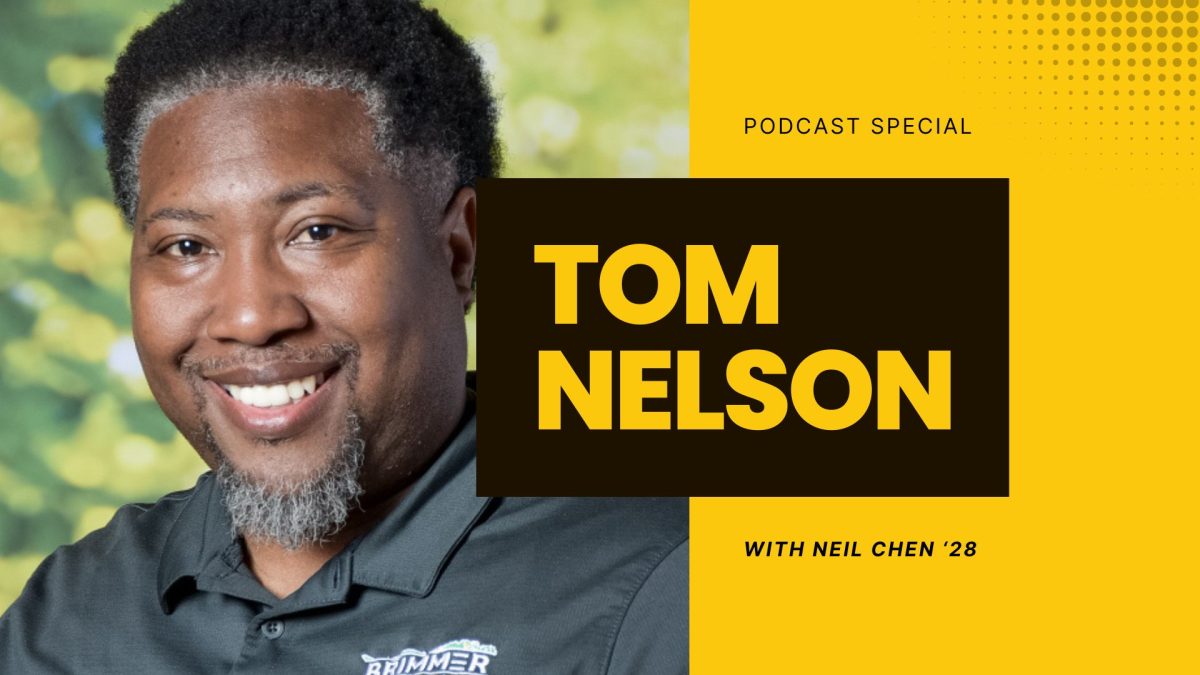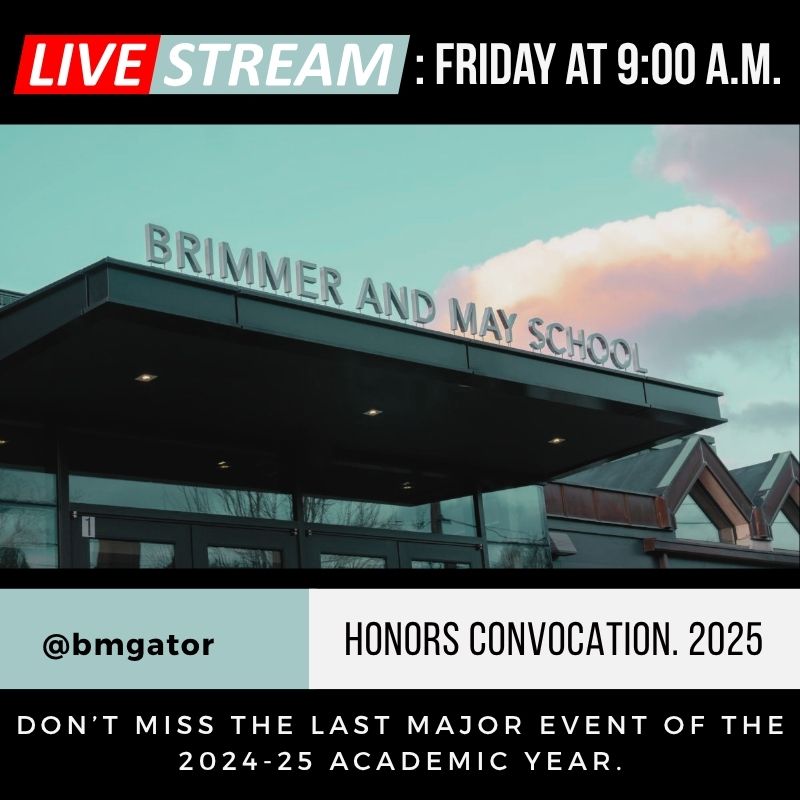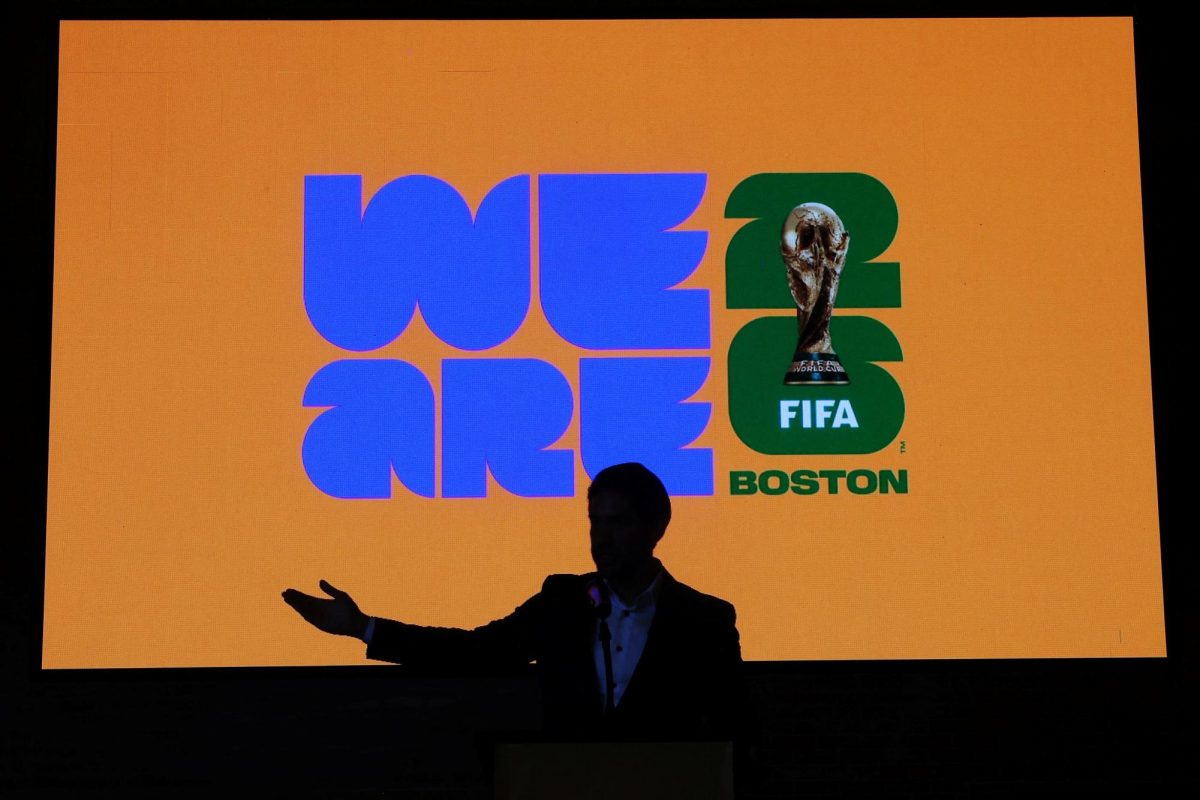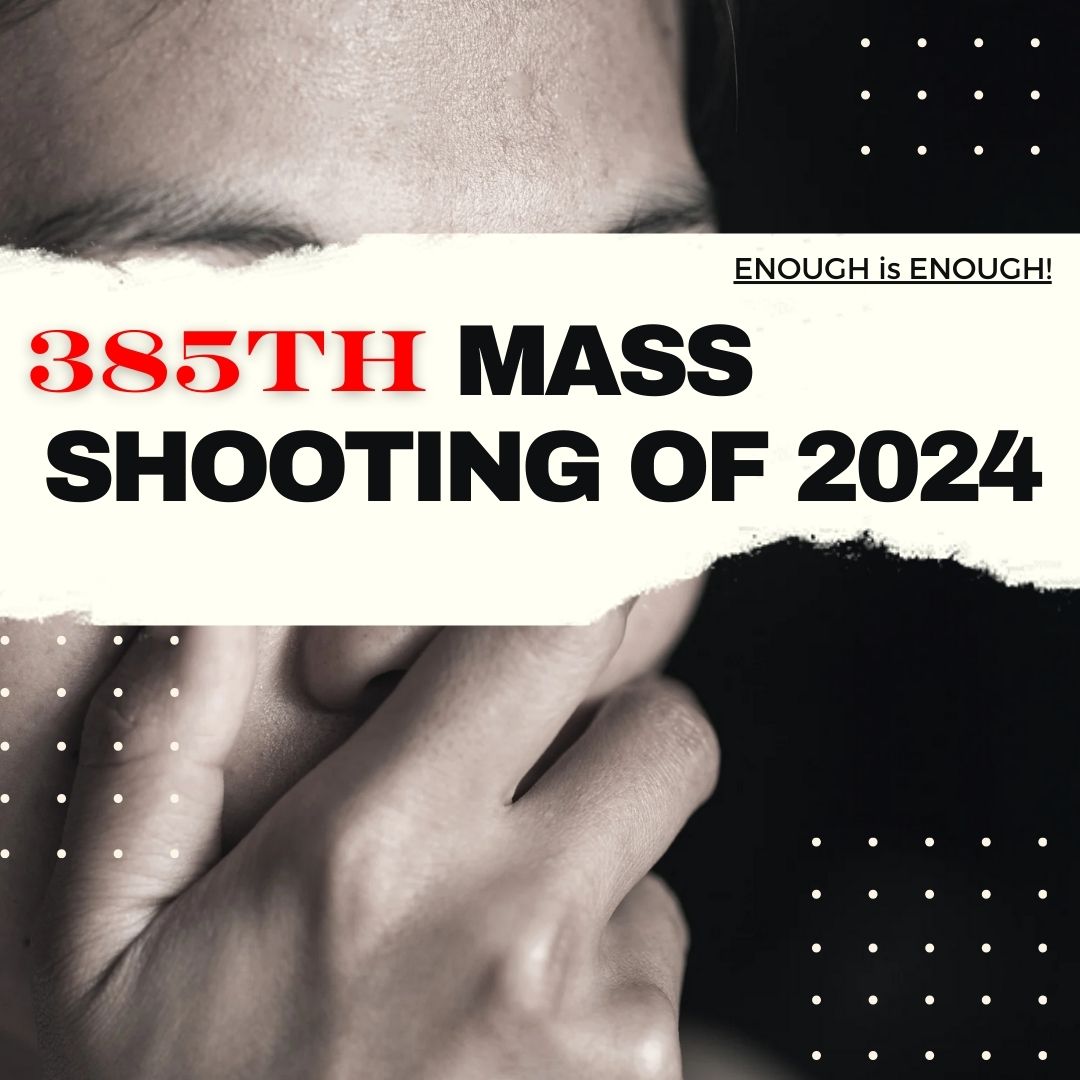“I’m sorry Mom,” which is, according to CNN, the last thing that Colt Gray sent to his mother, Marcee Gray, before shooting up his school.
Although his mother called the school shortly after receiving his text, attempting to warn them, it was too late.
Now, the community of Apalachee High School in Winder, Georgia, grieves the death of two students and two teachers. Nine others were injured.
While Colt’s motive remains unknown, the town’s law enforcement reports that Colt was questioned about online threats he made in May of 2023, but when they could validate the threats, they closed the investigation.
It’s also come to light that months after the police questioned Colt about the threats, his father, Colin Gray, gifted his son an AR-style rifle as a holiday present.
When questioned by authorities, Colt immediately confessed.
Law enforcement told CNN they found documents that referenced past school shootings, such as the 2018 massacre at Marjory Stoneman Douglas High School, in Florida, in Colt’s room.
Now, according to MSNBC, Colin Gray is being charged with four counts of involuntary murder, two counts of second-degree murder, and eight counts of cruelty to children.
Colin could be charged with a 180-year sentence if he’s convicted on every count. His son is facing a life sentence.
While capital punishment remains legal in Georgia, Colt’s age of 14 prevents him from facing the death penalty.
Colt’s situation is far from unique. In 2021, Ethan Crumbley of Oxford High, Michigan was sentenced to, according to CNN, four counts of first-degree murder and 19 other charges after he massacred his high school.
Ethan’s parents, Jennifer and James Crumbley were sentenced to 10-15 years in prison on four accounts of involuntary manslaughter.
Prior to the shooting, Ethan’s parents ignored his plea for mental health help and, instead, purchased him a gun just four days before Ethan’s rampage.
Colt’s murders mark America’s 385th mass shooting of 2024, according to data from the Gun Violence Archive–a staggering figure, though it pales in comparison to the 693 in 2021, 645 in 2022, and 627 in 2023.
The numbers alone speak volumes, a grim testament to a deep, festering crisis.
Colt’s case isn’t unique, nor is it an anomaly. It’s the reflection of a broader sickness, one that continues to claim lives while the core problems remain unaddressed.
Colt is merely another symptom of our country’s failure to address its underlying issues: an easily accessible automatic weapon, a broken support system, and the allure of glorified infamy.
While Colt’s exact motive remains unclear, the chilling documentation of past school shootings found in his room suggests that, like many other mass shooters, he craved celebrity status.
This echoes a growing trend identified by Rand research that, “the increasing number of fame-seeking mass shooters since 2010 to a variety of social drivers, such as a rise in narcissistic traits and heightened desires for fame across American society at large.”
America’s fixation on violence and sex in media feeds this voyeuristic impulse, normalizing and glorifying the very behaviors that tear communities apart.
Each mass shooting adds another chapter to this dark narrative, creating a cycle where killers like Colt are not merely condemned but immortalized.
In the wake of shootings like those in Buffalo, New York, and El Paso, Texas, attackers have often left behind manifestos or posted public statements on social media, glorifying their acts of violence and urging others to commit further attacks.
In a society where infamy has become a shortcut to recognition, we’re left to wonder: how many more Colts will emerge before we confront the culture that breeds them?
While it’s crucial to educate the public on these shootings to learn from our mistakes, we must be careful not to inadvertently teach troubled teens how to continue this trend.
The repetition of headlines, names, and photos risks numbing us to the horrific reality of each event, reducing tragedy to mere spectacle. Over time, the dull shocks, and the horror fades into the background, and mass shootings become a normalized part of life.
It’s vital to ask: By placing shooters in the spotlight, are we teaching the public how to build a better future, or are we simply desensitizing them to the violence of our present?
On the other hand, bringing these issues to light could help the other isolated teens in this country feel less alone. Media attention doesn’t just shine a spotlight on the perpetrators; it illuminates the broader issues of mental health, social alienation, and systemic neglect.
For teens who see their own struggles reflected in the coverage, it might spark a realization that they are not alone in their pain. In this sense, media coverage could be a wake-up call for those suffering in silence – potentially steering them toward connection and support before they reach the breaking point that Colt did.
But if isolation is the root cause, how do we foster connection without amplifying the wrong kinds of notoriety?
These are the questions that our country needs to be asking right now. What we don’t need is more debate on gun laws.
Our country is so focused on the weapons used to execute these horrific acts and completely overlooks why guns are being used at all.
There was not just one mistake that allowed the Georgia shooting to take place – there were many. Let’s stop trying to point one finger of blame and start looking at the whole picture.

